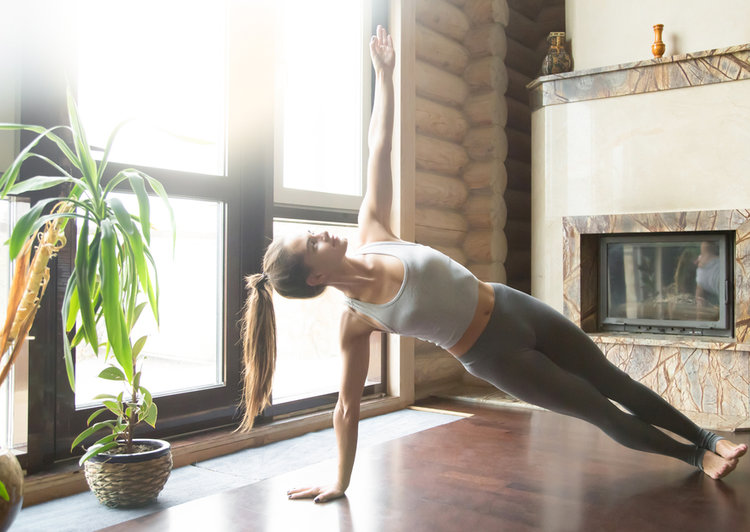Pilates vs Yoga : how to choose
Pilates versus yoga, how do you decide between these two disciplines? Both are very popular and have certain similarities, including their proven benefits to the body. Looking for a gentle way to get back into shape? Looking for a solution to manage stress or sleep better? Choose your discipline according to the expected benefits. Yoga, Pilates, what is it? Let's start by briefly defining these two disciplines by going back to their origins, before focusing on their differences. Still hesitating? Opt for Yogalates, a perfect compromise between the two.
WHAT IS YOGA?
A global discipline, yoga combines body and mind. It aims to relax the body and mind through a series of postures and exercises and practiced on the floor on a yoga mat and in comfortable clothing, or even on a chair at the office. The ultimate goal: to find inner harmony by learning to breathe better and to manage stress. Meditation, breathing and relaxation are at the heart of the practice.
Originally from India, the discipline dates back more than 5,000 years. It is inspired by sacred or philosophical texts, Tantrism and Buddhism. In India, it is originally a form of spiritual commitment, a philosophy of life that includes other principles such as vegetarianism. Yoga practitioners are called yogis.
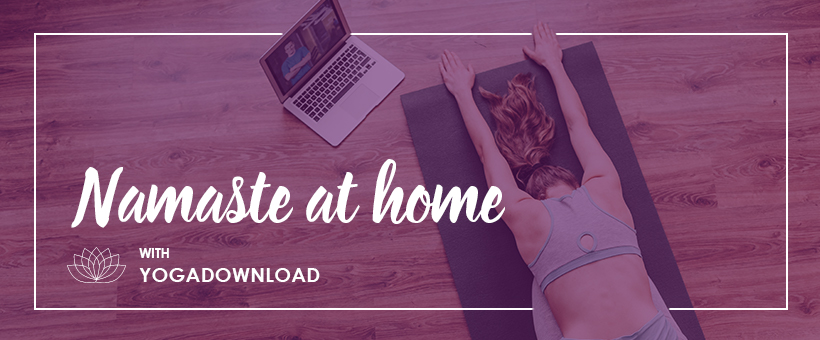
Considered an alternative medicine because of its natural benefits to the body and mind, yoga is very popular in the West. The practice is enriched and becomes accessible to all, regardless of physical condition. Today, the term yoga is used in reference to Hatha Yoga, which is only one branch among others. Kundalini Yoga, eye yoga, yoga to lose weight, yoga to sleep or to relieve back pain, the benefits are as numerous as they are varied.
You will easily find yoga classes near your home or work. If you don't have time to go to a class, many tutorials on the internet offer exercises for beginners.
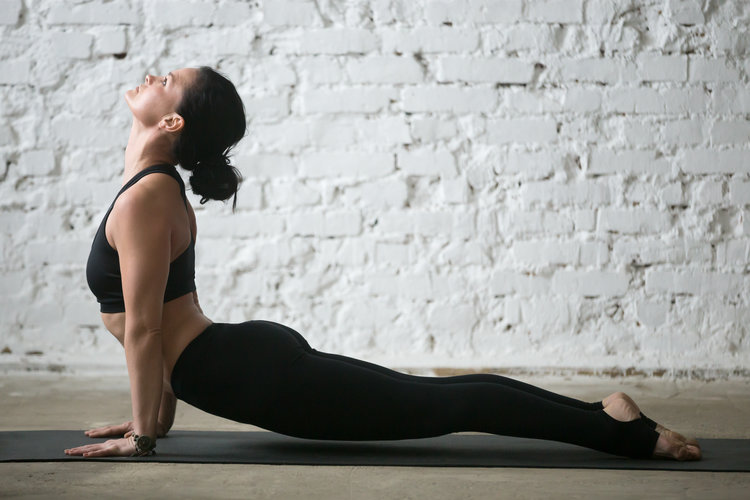
PILATES: DEFINITION
Much more recent, the Pilates method appeared less than a century ago. Its creator is none other than Joseph Pilates, a German athlete with a passion for sport and the human body. Focused on physics, this discipline consists of a series of exercises designed to strengthen deep muscles, improve posture and flexibility.
To conceive this method, the German athlete was inspired by stretching in animals, but also by ancestral practices such as yoga. A proponent of the idea of a healthy mind in a healthy body, he developed his technique based on precise movements.
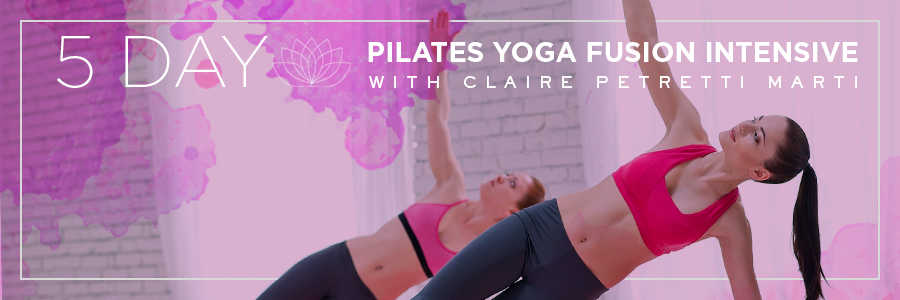
The basic principles of the Pilates method are as follows: to regain postural balance, it is necessary to strengthen the core muscles of the body. Pilates therefore focuses on working the weakest muscles and relaxing those that are tense. During the exercises, breathing is done in a rhythmic manner with the body's movements.
Pilates is for everyone, whether for maintenance or to get back into shape. Crooked back? Bad positioning of the pelvis? This discipline is ideal for correcting your posture in a natural way. Pilates works the deep muscles of the body, particularly the perineum and abdominals. The visible effects of Pilates can be observed after a few sessions. For example, you will see your waist becoming slimmer.
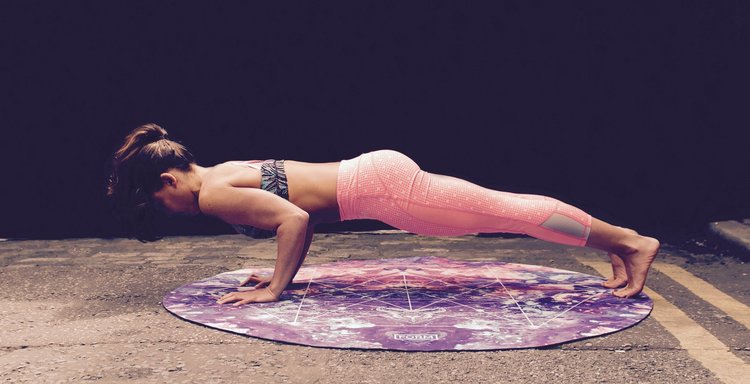
YOGA AND PILATES: WHAT THEY HAVE IN COMMON
If we focus solely on the physical aspect, yoga like Pilates promotes better posture and body awareness. Regardless of the discipline, the exercises are designed to release muscle tension, develop deep muscles and improve flexibility.
THE OBJECTIVES
While Pilates works only on the body, yoga focuses on the body and mind as a whole. In each posture, breathing is central. Yoga sessions also include meditation exercises, usually at the end of the class. The work on the posture is more advanced in the Pilates method. The positioning of the pelvis and the spine is central.
BREATHING CONTROL
Breathing is at the heart of both practices, but is not done in the same way. In the Pilates method, the practitioner must inhale through the nose and exhale through the mouth at the rhythm of the movements performed. In yoga, breathing is done through the nose only. To promote relaxation, emphasis is placed on deep breathing, or breathing through the belly.
HOW TO PERFORM THE EXERCISES
In the Pilates method, the exercises follow one another in a series to be repeated several times. Between these series, there are pauses to adjust the posture. This step is essential to ensure that the right muscles are working. These pauses do not exist in yoga. The movements follow one another without interruption, as in the Dog head down position or the Sun Salutation.
SPECIFIC ACCESSORIES
Practiced on the floor, the Pilates method requires a floor mat and comfortable clothing, just like yoga. Note that there are yoga exercises that can be done in the office without a mat or yoga clothes. These include eye yoga or back stretching to relieve tension from prolonged sitting. To practice certain Pilates exercises, you will need specific props such as a ball, magic circle, etc.
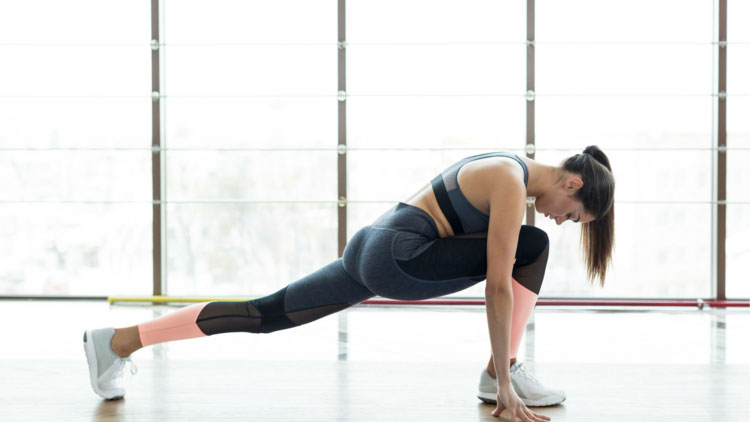
YOGALATES, A COMBINATION OF YOGA AND PILATES
Are you more into Pilates exercises for muscle building but you also like the alliance of body and mind through yoga? If your heart balances between these two disciplines, try Yogalates. As its name suggests, it's a halfway method, harmoniously blending yoga and Pilates exercises. It's the ideal way to soften and strengthen your figure, while letting go to find serenity in everyday life.


